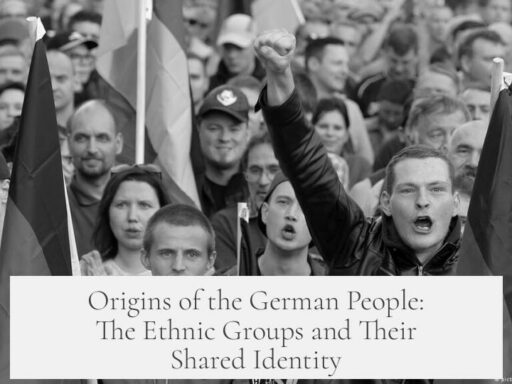The idea of mermaids being nice largely originates from literary adaptations of traditional folklore, particularly Hans Christian Andersen’s 1837 fairy tale “The Little Mermaid.” Historically, mermaids were viewed as dangerous and seductive supernatural beings capable of luring men to drown. This perception evolved over centuries, influenced by mythologies, folk traditions, and modern popular culture, culminating in the kinder, more sympathetic image popularized by Disney’s adaptation.
Historically, pre-industrial Northern European folklore considered mermaids as ambivalent creatures. They were not plainly “evil” but were certainly dangerous. They often symbolized peril with the power to cause storms, shipwrecks, and drown men. Their allure was deadly, comparable to sirens in Greek mythology, who used song to lure sailors to their deaths. By the medieval period, the image of mermaids merged with these siren traits, becoming half-fish, half-human beings associated with vanity, often symbolized by their comb and mirror.
Despite their danger, folklore does not label mermaids as purely malevolent. They often exhibit a dual nature — capable of both harm and help. Some traditions describe mermaids protecting favored sailors or granting favors. Furthermore, folk narratives like “The Mermaid Wife” (Migratory Legend 4080) illustrate mermaids as complex, emotional beings. In this legend, a man captures a mermaid’s magical skin, forcing her to remain human. She marries him and bears children, but ultimately returns to the sea, driven by her nature rather than malice. This tragic but sympathetic portrayal suggests mermaids possess human-like feelings and are not inherently evil.
This nuanced folkloric image laid foundations for later literary reinterpretations. Hans Christian Andersen’s “The Little Mermaid” departs significantly from more threatening folk models. Andersen’s mermaid is a tragic and sympathetic figure, longing to become human out of love. She does not lure sailors to their doom but rather sacrifices herself for love, highlighting vulnerability and kindness rather than danger. Andersen’s narrative shifted the cultural perception of mermaids from dangerous to gentle and emotionally complex.
Following Andersen, the image of the mermaid as a kind, beautiful, and generous creature grew stronger in popular culture. Disney’s 1989 animated adaptation of “The Little Mermaid” further amplified this portrayal. Disney frames Ariel as a friendly, curious, and courageous character, beloved by children worldwide. This version omits the darker, tragic elements of earlier tales, focusing on optimism and positive traits. As a result, mermaids in general became associated with kindness and charm, especially in children’s media.
| Period/Source | Mermaid Image | Traits |
|---|---|---|
| Pre-Industrial Northern Europe | Ambivalent beings | Dangerous, seductive, sometimes helpful, linked to drownings |
| Greek Mythology / Classical Era | Sirens influencing mermaid traits | Deadly lure via song; originally birdlike, later fishlike |
| Medieval Bestiaries | Mermaid as vanity symbol | Mirror and comb symbolize vanity, tied to Christian moralizing |
| Folk Legend “The Mermaid Wife” | Complex emotional figure | Love for humans, tragic separation, not evil |
| Hans Christian Andersen (1837) | Sympathetic, tragic heroine | Emotional, self-sacrificing, less dangerous |
| Disney’s “The Little Mermaid” (1989) | Friendly, kind mermaid | Generous, curious, positive role model for children |
Scholars such as Bo Almqvist and Dáithí Ó hÓgáin explore these transformations in detail. Their research shows mermaid myths retain elements of danger, but literature and art have highlighted their gentler aspects. Ronald M. James and others analyze regional folklore that nuances the mermaid’s role—sometimes protector, sometimes perilous. This complex history explains why mermaids are not simply evil creatures. Instead, their image reflects changing cultural attitudes toward supernatural beings.
In summary, the modern view of mermaids as nice beings stems from a blend of folklore, literature, and popular media. Dangerous sirens and seductive beings evolved into complex emotional characters in folk tales. Andersen’s literary creativity introduced a sympathetic mermaid. Disney’s film further popularized the image, especially among children, establishing mermaids as friendly rather than fearsome.
- Mermaids were traditionally dangerous but not explicitly evil, embodying a dual nature of harm and help.
- Folklore, including “The Mermaid Wife,” presents mermaids as emotional, complex, and sometimes tragic beings.
- Influences from Greek sirens shaped the mermaid’s allure and danger in early Western myths.
- Hans Christian Andersen’s 1837 tale reimagined the mermaid as a tragic, sympathetic figure, softening her image.
- Disney’s 1989 adaptation solidified the idea of mermaids being nice, particularly in children’s culture.


